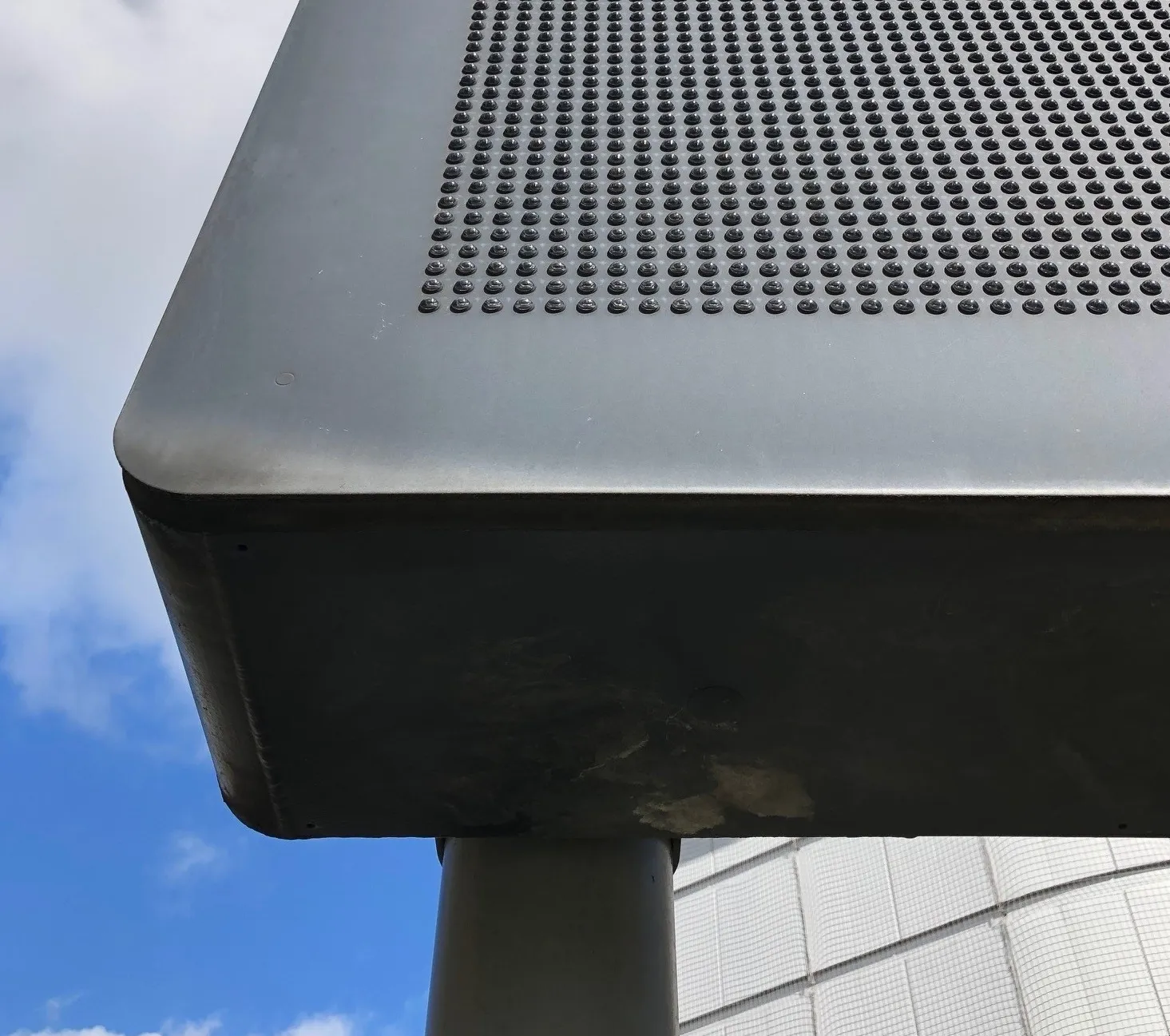Motorists using the M90 in Scotland will face the country’s first variable speed limits in three weeks time when a new traffic control system is launched on the road north of the Forth Road Bridge. The intelligent transport system, which goes live on 4 December on the M90 northbound, has been installed as part of construction of the Forth Replacement Crossing, which is due to open in four years time. Speeds will be automatically lowered by traffic sensors under the road surface when they detect congestion,
November 15, 2012
Read time: 2 mins
Motorists using the M90 in Scotland will face the country’s first variable speed limits in three weeks time when a new traffic control system is launched on the road north of the Forth Road Bridge.
The intelligent transport system, which goes live on 4 December on the M90 northbound, has been installed as part of construction of the Forth Replacement Crossing, which is due to open in four years time.
Speeds will be automatically lowered by traffic sensors under the road surface when they detect congestion, to smooth traffic flow and reduce delays.
The system will also operate on the M90 southbound and on the M9, south of the Forth Road Bridge, from early next year. Similar systems are in use on the M25 around London and M42 near Birmingham.
Transport minister Keith Brown said: “The Forth Replacement Crossing continues to progress on time and on budget and I’m delighted that we can now begin to turn on the ITS systems to help manage and improve traffic flow and provide buses with a dedicated lane.”
The intelligent transport system, which goes live on 4 December on the M90 northbound, has been installed as part of construction of the Forth Replacement Crossing, which is due to open in four years time.
Speeds will be automatically lowered by traffic sensors under the road surface when they detect congestion, to smooth traffic flow and reduce delays.
The system will also operate on the M90 southbound and on the M9, south of the Forth Road Bridge, from early next year. Similar systems are in use on the M25 around London and M42 near Birmingham.
Transport minister Keith Brown said: “The Forth Replacement Crossing continues to progress on time and on budget and I’m delighted that we can now begin to turn on the ITS systems to help manage and improve traffic flow and provide buses with a dedicated lane.”










